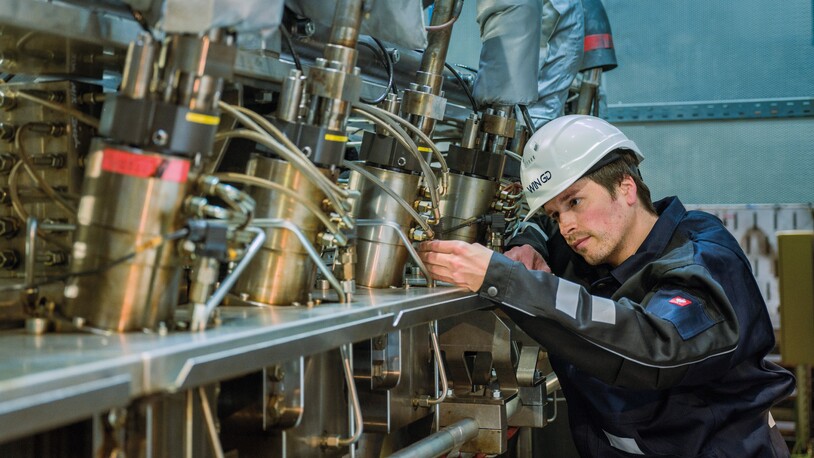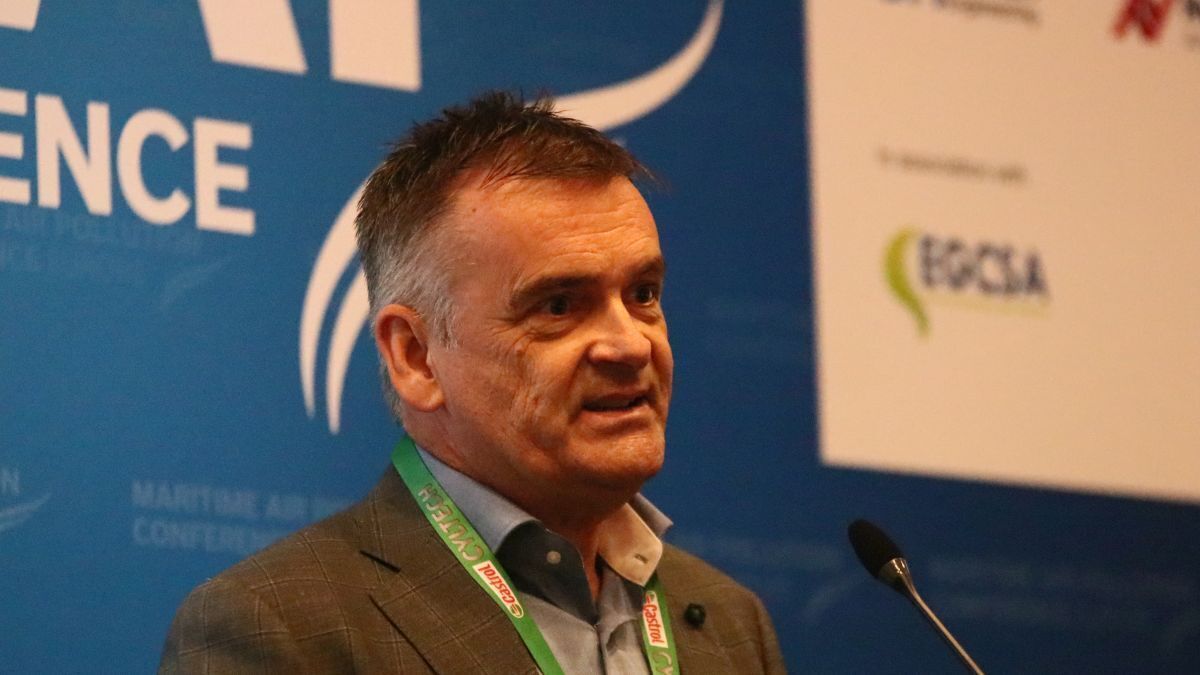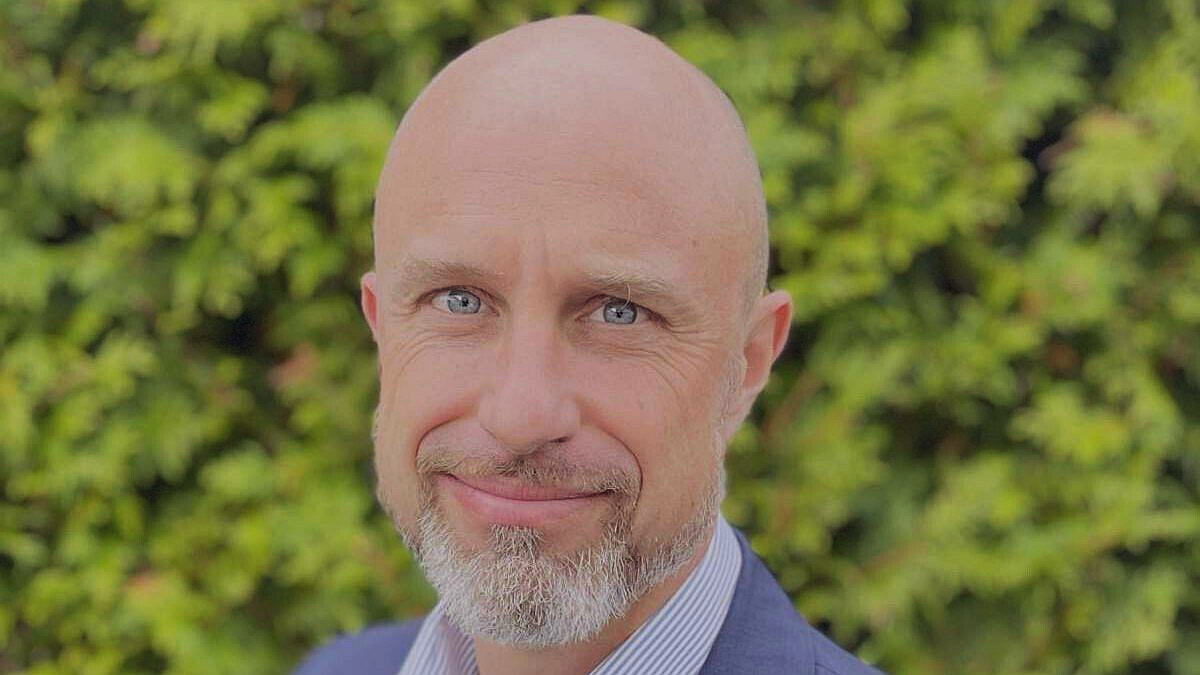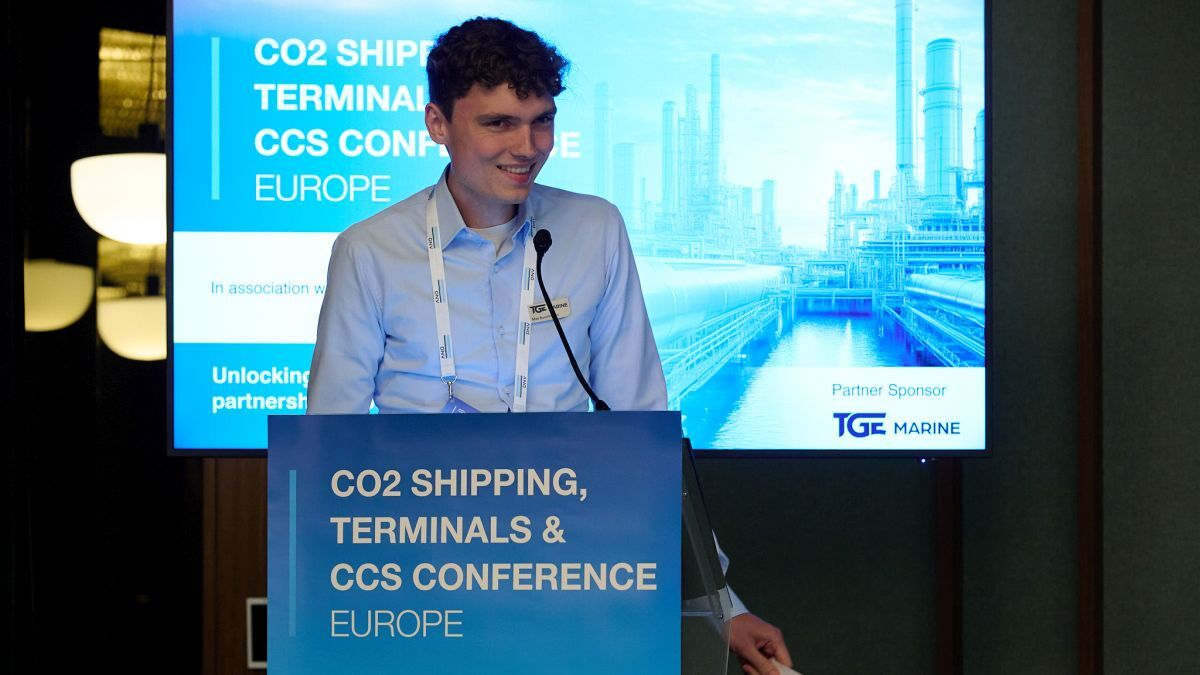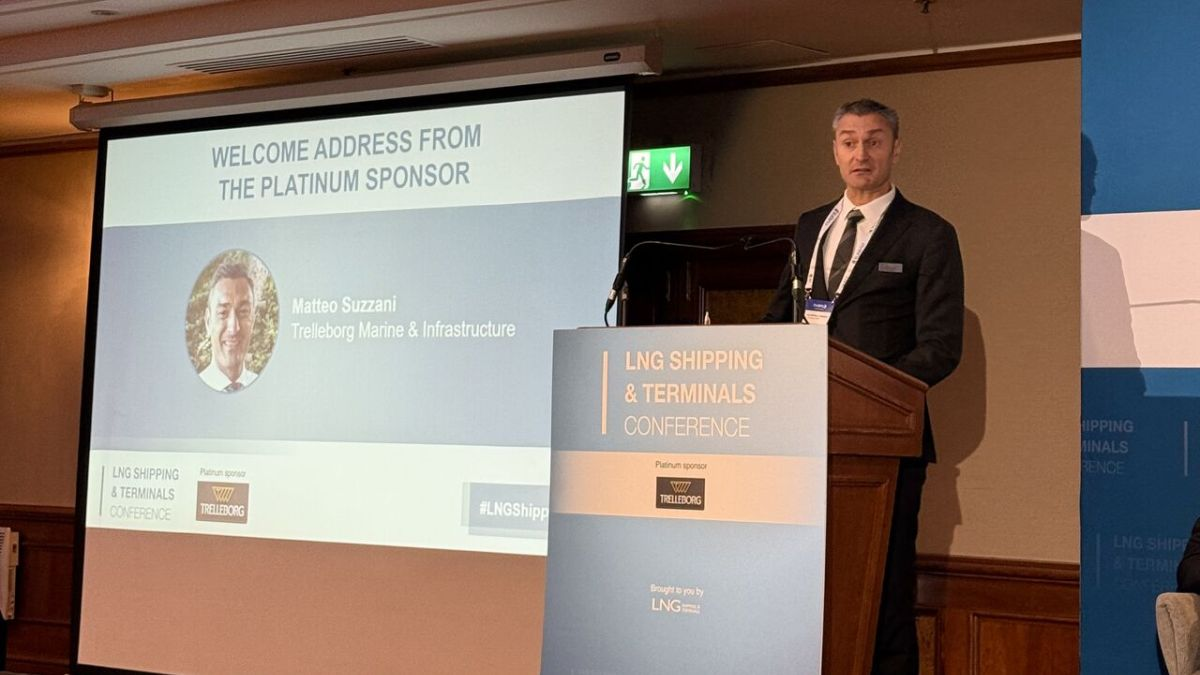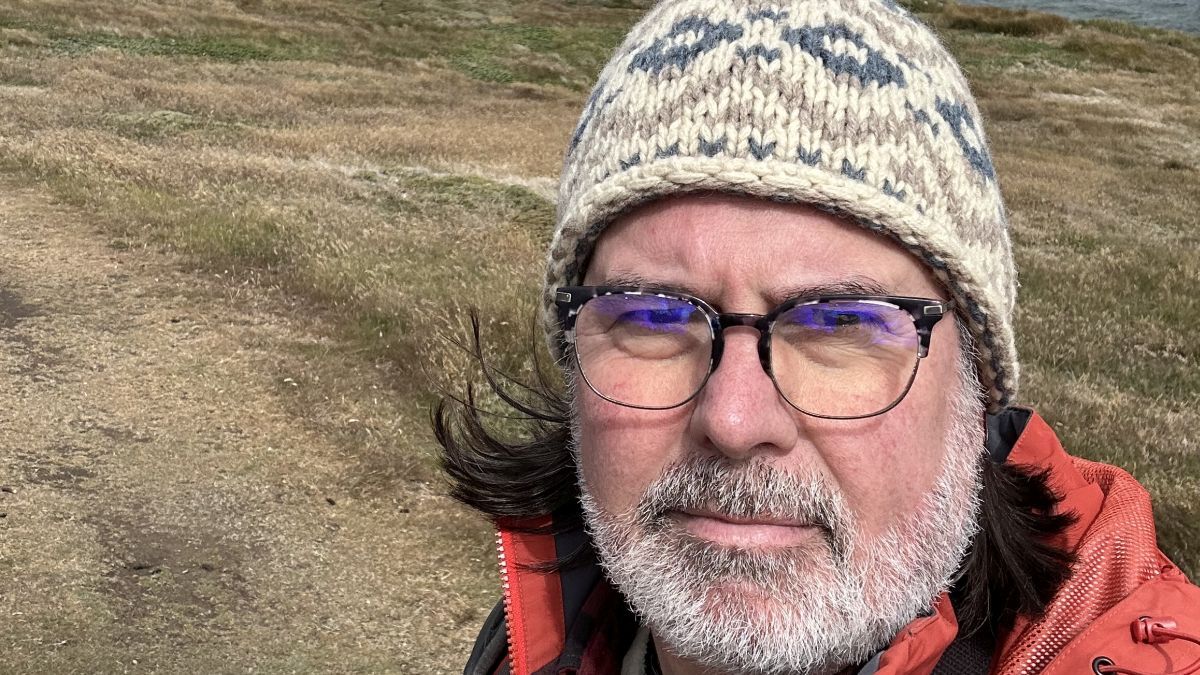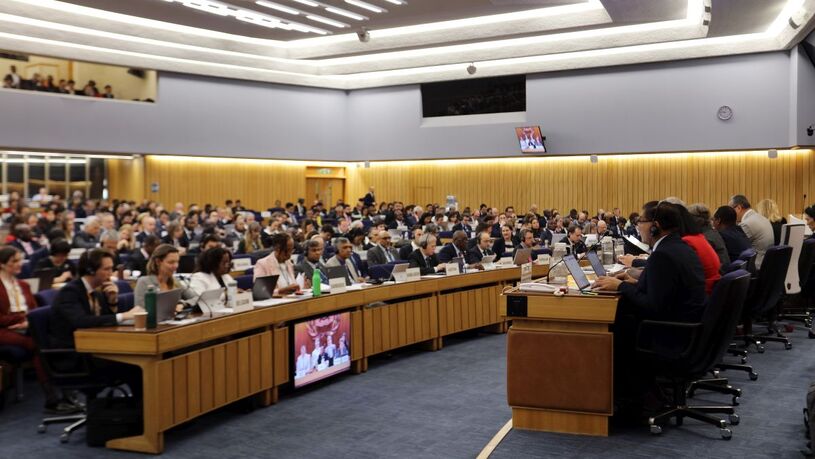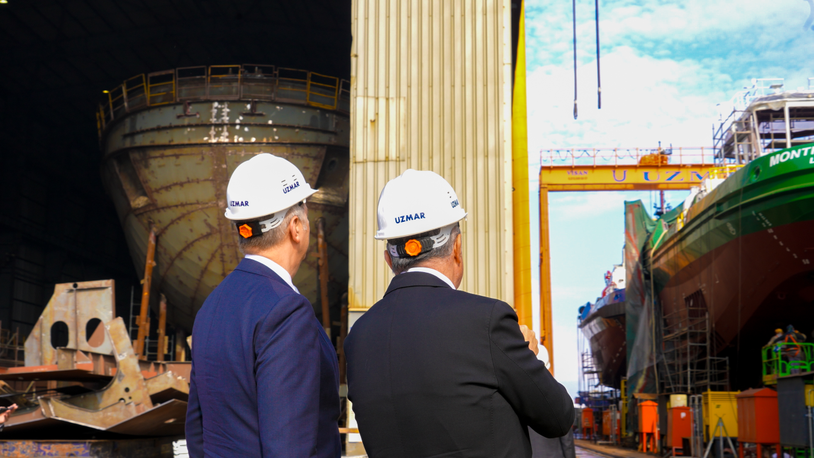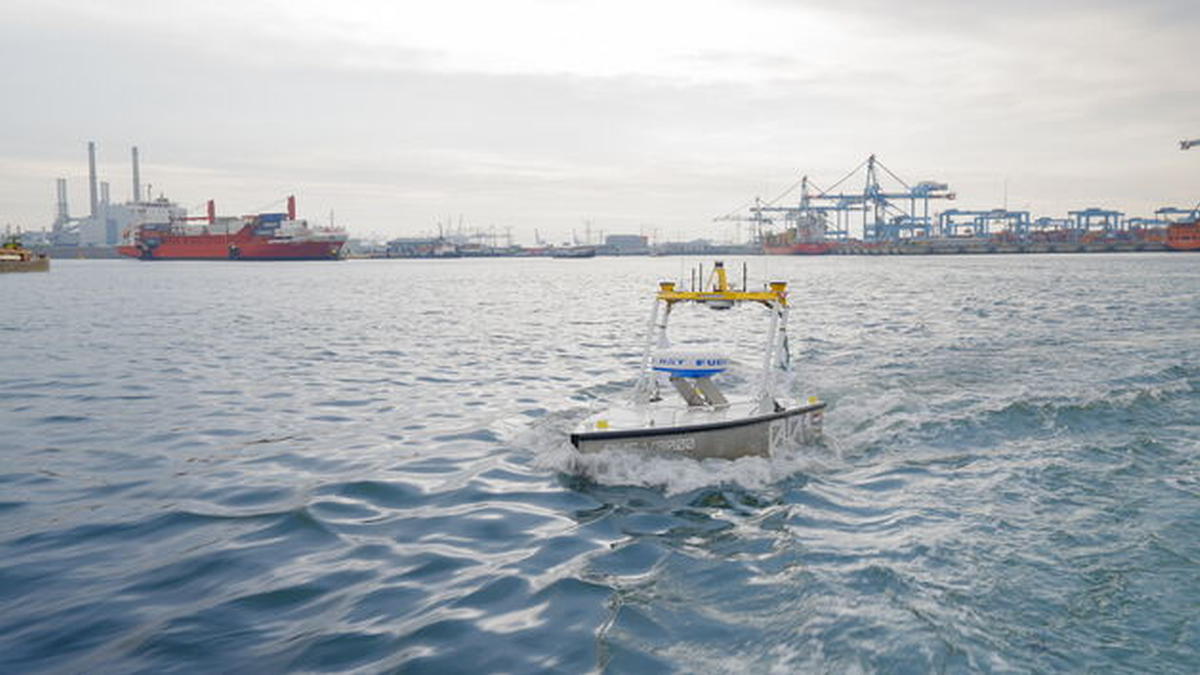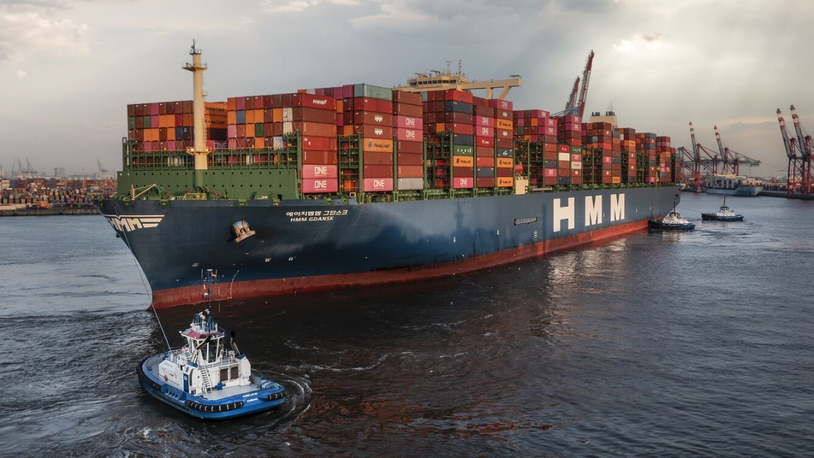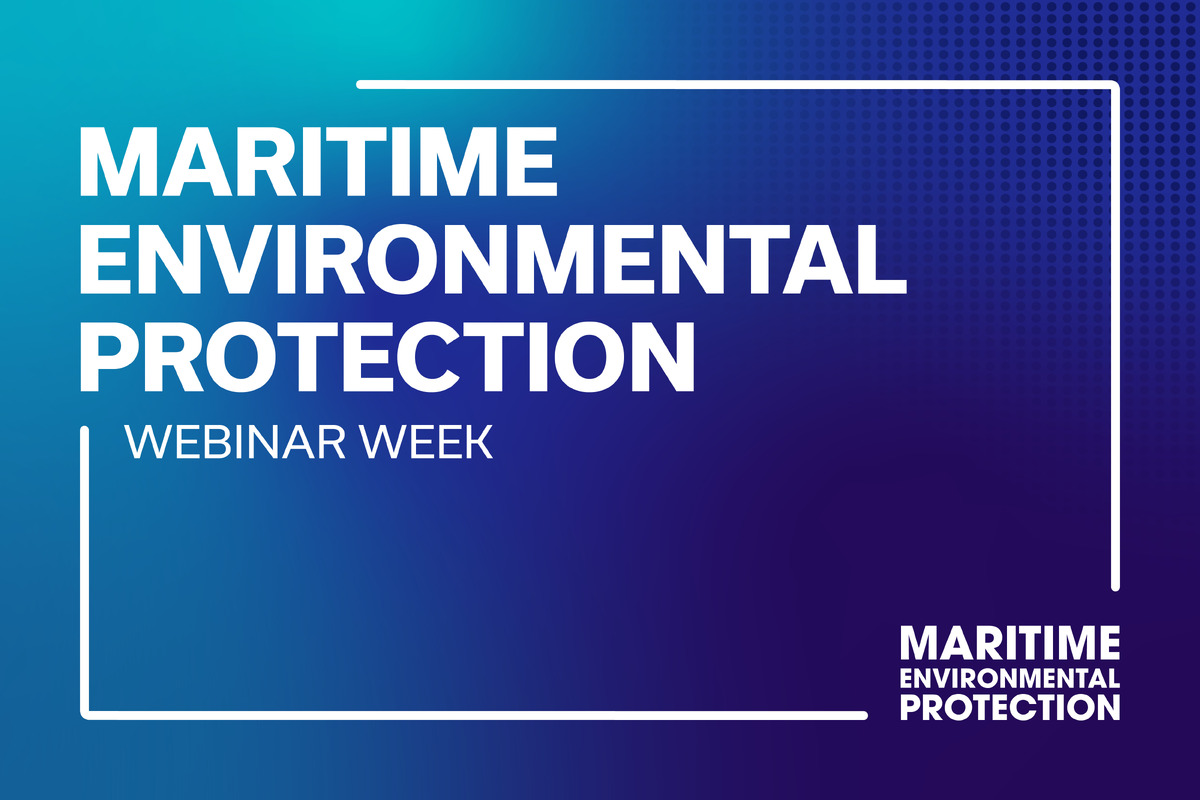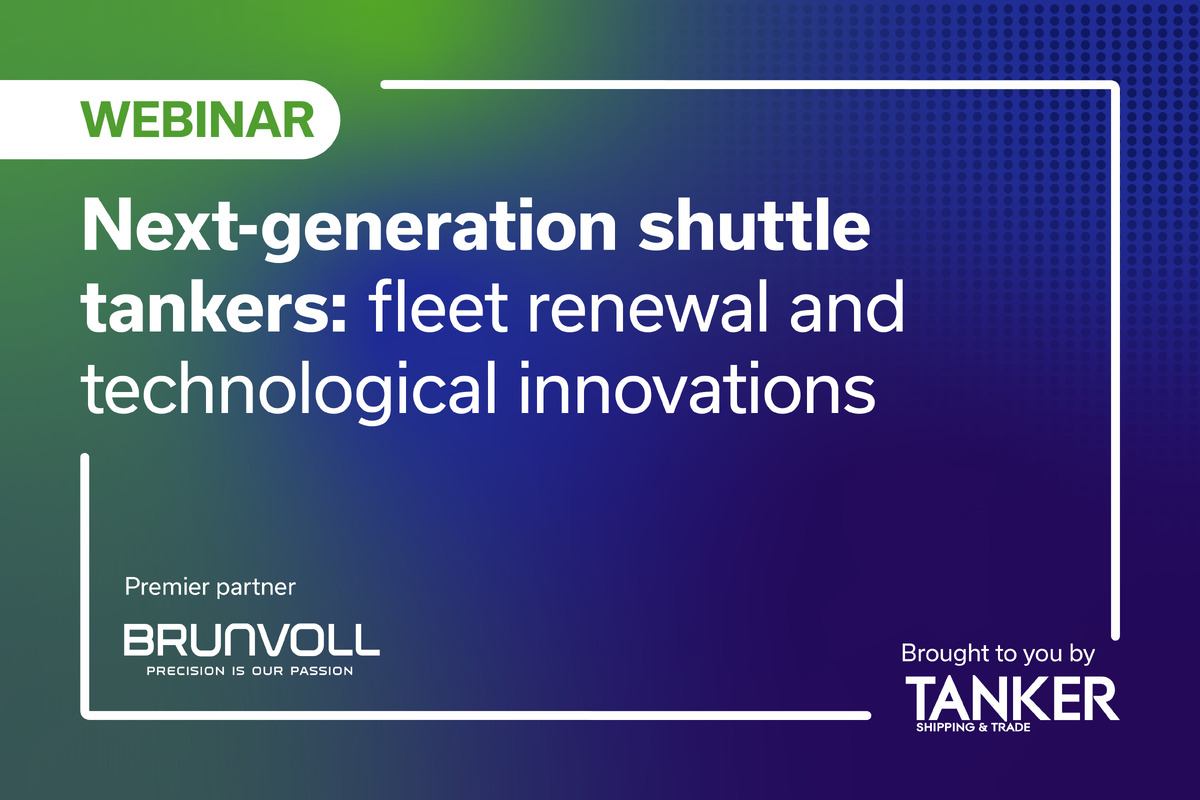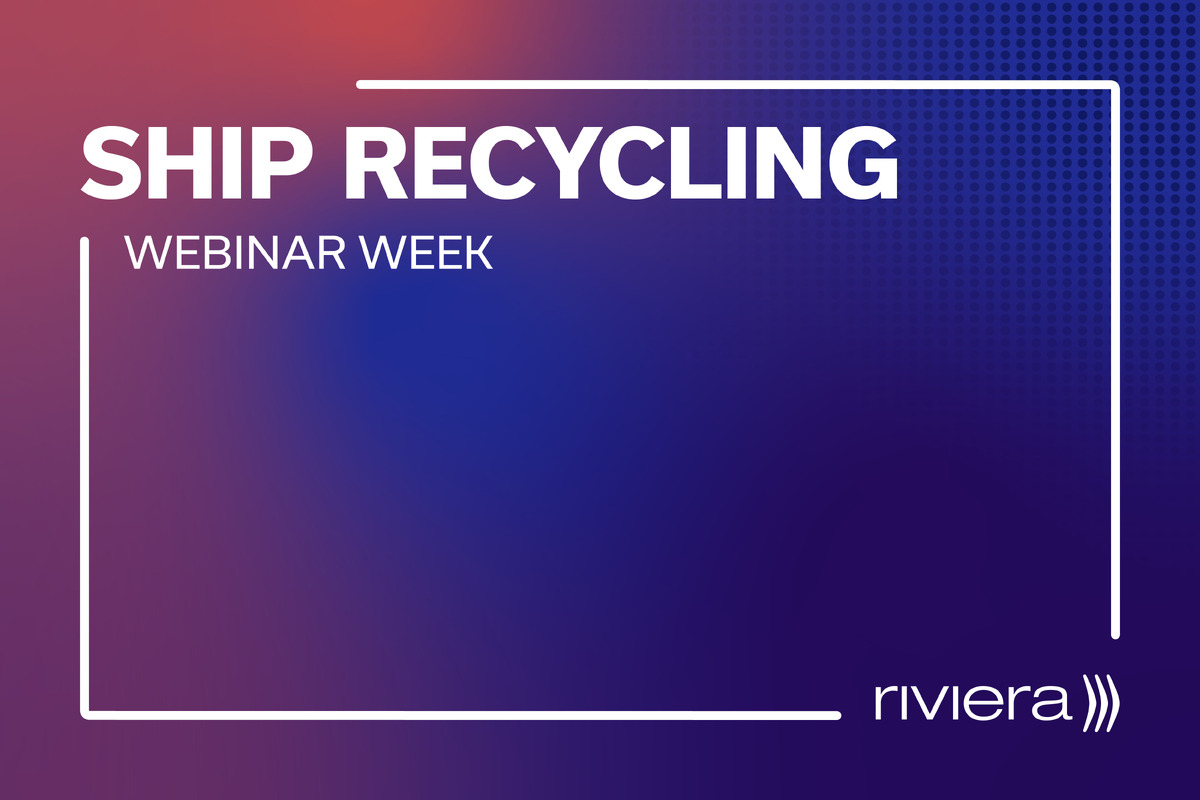Business Sectors
Events
Marine Coatings Webinar Week
Contents
Register to read more articles.
Ports play a vital role in decarbonisation
Experts discussed the importance of ports providing alternative fuels at Maritime Air Pollution, Europe 2021 conference
With IMO being pushed to cut industry emissions through regulation, ports will play a vital role in decarbonising the maritime industry by providing infrastructure to supply alternative fuels such as ammonia, hydrogen and methanol, and the means to recharge batteries and fuel cells.
These were some of the alternative fuels industry leaders debated during Riviera Maritime Media’s Maritime Air Pollution, Europe 2021 conference in Amsterdam in October.
During this industry event, Port of Amsterdam innovation manager Jan Egbertsen relayed how air quality was an issue affecting the city.
The Port of Amsterdam offers shoreside power in 20 locations for the shipping community and is home to companies producing and storing fuels. With growing demand for clean air and clean fuels, the port has developed a hydrogen strategy: Amsterdam Hydroport.
A key component in the Amsterdam Hydroport strategy is converting a Netherlands north-south natural gas pipeline into a hydrogen pipeline which will connect hydrogen producers, hydrogen converters (such as into ammonia) and end users – such as those in the port.
Mr Egbertsen said this includes establishing a 100-MW hydrogen plant on a former steel plant in IJmuiden, together with Nouryon and Tata Steel. This will make it possible to produce up to 15,000 tonnes of green hydrogen per year using sustainable electricity. Oxygen is also produced in this process.
Another project is H2Ships, in which the Port of Amsterdam is a partner. An inland waterway vessel is developing a hydrogen storage and bunkering system based on solid borohydrides as a hydrogen carrier with the spent fuel re-used as a hydrogen carrier. This vessel is due to be delivered in 2022 and is classified by Lloyd’s Register.
Also at MAP2021, Stena newbuilding project manager Jacob Norrby explained the benefits of operating methanol-powered ships. It operates six methanol dual-fuel tankers and retrofitted 2000-built ferry Stena Germanica in 2016 as a test-bed for methanol fuel conversion and operation.
Joining Mr Norrby for the session was Methanol Institute chief executive Chris Chatterton. He provided an overview of the availability of methanol, and the pathways to low carbon and carbon-neutral production of brown and green methanol. Regarding the placement of methanol in the realm of future fuels, he said, “we are still missing elements of policy, and mechanisms to provide transparency and fairness.”
On the side of ammonia, Amon Maritime co-founder and chief commercial officer Karl Arthur Braein said the industry needs to act sooner rather than later to invest in alternative fuels.
“There has been a lot of talk of green and blue hydrogen and ammonia production,” he said. “It should be both to produce the volume required. The only way to bring down the price is scale.”
Amon Maritime is a partner in the Ammonia Fuel Bunkering Network, which is a collaboration of technology expertise providers to build, what Mr Braein believes, will be the first ammonia bunkering terminal.
“This is one of the missing pieces,” he said. “It is high risk (as an investment), but we believe it is important to establish (ammonia bunkering) standards early.” In conclusion, he said, “We believe you should go carbon free. Why use carbon if you have to capture it later?”
Riviera Maritime Media will be hosting TUGTECHNOLOGY 2021 in London, UK 25-26 October 2021 - use this link to access more information and register to attend or exhibit at the event
Related to this Story
Events
Marine Coatings Webinar Week
Maritime Environmental Protection Webinar Week
Ship Recycling Webinar Week
© 2024 Riviera Maritime Media Ltd.

